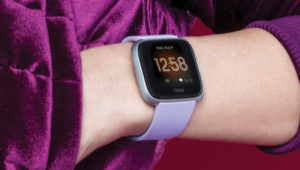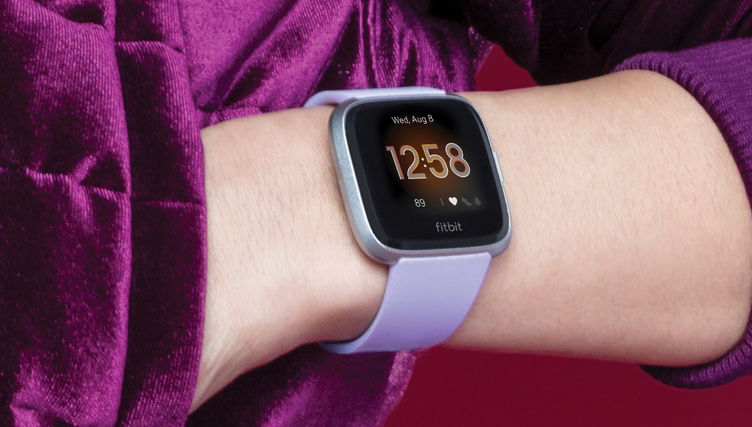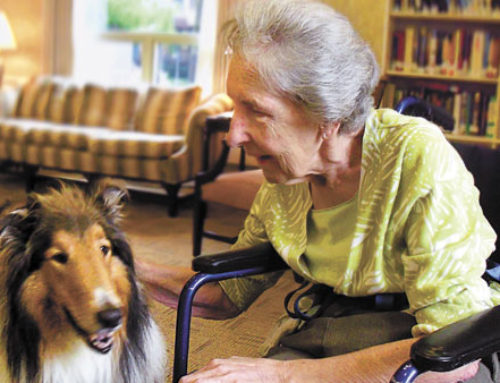[fusion_builder_container hundred_percent=”no” equal_height_columns=”no” menu_anchor=”” hide_on_mobile=”small-visibility,medium-visibility,large-visibility” class=”” id=”” background_color=”” background_image=”” background_position=”center center” background_repeat=”no-repeat” fade=”no” background_parallax=”none” parallax_speed=”0.3″ video_mp4=”” video_webm=”” video_ogv=”” video_url=”” video_aspect_ratio=”16:9″ video_loop=”yes” video_mute=”yes” overlay_color=”” video_preview_image=”” border_size=”” border_color=”” border_style=”solid” padding_top=”” padding_bottom=”” padding_left=”” padding_right=””][fusion_builder_row][fusion_builder_column type=”1_1″ layout=”1_1″ background_position=”left top” background_color=”” border_size=”” border_color=”” border_style=”solid” border_position=”all” spacing=”yes” background_image=”” background_repeat=”no-repeat” padding_top=”” padding_right=”” padding_bottom=”” padding_left=”” margin_top=”0px” margin_bottom=”0px” class=”” id=”” animation_type=”” animation_speed=”0.3″ animation_direction=”left” hide_on_mobile=”small-visibility,medium-visibility,large-visibility” center_content=”no” last=”no” min_height=”” hover_type=”none” link=””][fusion_text]
A series identifying technology disruption in the ageless living space.

Artificial Intelligence (AI) is being touted as the next Internet, with potential to grow to a $13 trillion market opportunity by 2025. AI includes everything from machine learning (teaching machines to learn – deep learning) to advanced robotics and autonomous vehicles. The current level of AI is often compared to the internet of the late 90’s, giving us a baseline for the exponential growth expected in AI within the next decade.
I recently was introduced to Byron Reece, founder of GIGAOM. Byron is a technology futurist with a very optimistic view of our AI future. (1) I’m somewhere between Netflix Black Mirror’s dystopian world, and Byron’s utopia. AI will augment human performance not replace it, however the disruption created in the near future will be profound. Remember life before Google and Amazon? Just as those internet disruptions make life easier so will AI, particularly for the boomers who desire to extend the quality of their lives for as long as possible. Following are a few domains where disruptors are redefining customer engagement and shareholder value.
Disruptors: Genomics and Pharmaceutical Platforms
AI growth in genomics is in the data collection stage, mapping profiles of tissues in organs with a range of individuals – young to old and healthy to diseased. Building the data, classifying and clustering similarities of healthy and diseased tissues of individual patients allows algorithm and deep learning development required for sophisticated AI in this space. Classifying aging as a treatable or curable disease nears reality with these disruptors employing Go to Market strategy:
- Insilico Medicine, a company dedicated to extending human productive longevity by finding novel ways to prevent age-related decline and disease. Offering a range of market channels ranging from biomarker discovery, drug development and aging research, Insilico recently launched a range of AI products using advanced bioinformatics. These products study the minute changes in gene expression between young and old tissues and tissues afflicted by disease identifying ways to slow down or even reverse the cellular and molecular mechanisms of aging.Another Insilico product, Aging.AI allows users to guess their age and gender by results of their blood test. By creating a gamification platform they hope to condition the public as to the importance of periodic blood tests. Blood tests can help detect problems before these problems turn into pathologies. Users may find it interesting to see if the predicted age changes after a certain diet, exercise routine or drug regimen is prescribed by their physician.
- Developed for schizophrenia, an innovation in pharma is Ablify’s ePill. Approved by the FDA in 2017, the pill is a microchip the size of a grain of sand that is ingested and reacts with the digestive system, sending messages to a skin patch that relays information to the physician. (2) This technology allows physicians to fine-tune dosages and accurately monitor results. Similar technology is under review to personalize the dose of antibiotics typically prescribed for ten days – when we know all bodies (and viruses) are not created equal!
The era of hyper personalized medicine is emerging, shifting healthcare to preventative medicine and allowing older adults to stay independent much longer. The “practice” of medicine will be lessened, as DNA full body scan MRIs, full panel blood work assessment tools and ePills deliver specific courses of care.
Disruptors: Health Diagnostic Tools
A range of companies are developing technologies and devices specifically for the aging market to empower control over our health and wellness. A review of wearable innovations in cardiovascular health and diabetes management, two of the leading causes of death and decline in the aging population.
Cardiovascular Health
My father at age 86 underwent surgery for a pacemaker last year, which is the reason he is still with us, enjoying a decent quality of life. One quarter of all deaths in the US are caused by heart disease and the CDC reports that one of every three American adults have high blood pressure. Recent studies published in The Lancet medical journal show that regular self-monitoring of blood pressure could reduce stroke risk by up to 20 percent. (3) After the recent death of Luke Perry at 52 followed by two physically fit male friends of mine in their early fifties dying suddenly of undiagnosed heart related issues, my radar is on red alert!
There are a lot of wearables in the cardiac diagnostic space, monitoring electrical signals to form an EKG as well as inflatable blood pressures cuffs built into the watch band to measure systolic and diastolic pressure.
- Medical device maker Omron launched the Heart-Guide at the Consumer Electronic Show (CES) in Vegas this January. Approved by the FDA, this wearable is the first personal blood pressure monitor with EKG capability in a single device in the U.S., accommodating both plumbing and electrical conditions of the heart. Apples patent filings show they won’t be far behind.
- R&D is also making strides in the area of sleep apnea, another large area of concern for recurrent heart attack, stroke and abnormal heartbeats, such as atrial fibrillation. Apple recently purchased the Finnish sleep science company Beddit, which makes a thin sensor pad that slips underneath the user’s mattress and can detect things like sleep time, heart rate, breathing, snoring, and bedroom temperature and humidity. The Apple version of the Beddit product is now on the market with speculation this technology will integrate into iOS or watchOS.Fitbit, also recognized for their work in sleep science has added a relative SpO2 (peripheral capillary oxygen saturation) sensor to its wearables, which measures the amount of oxygen in the bloodstream. With that data Fitbit can determine interruptions in breathing during sleep, such as those caused by sleep apnea. Fitbit is testing a method of rolling up a group of sleep measurements into a simple “sleep score” that the user can see after each night of sleep.
- Although Fitbit is a recognized early adopter of wearable fitness technology, they have struggled to produce patient data deemed accurate enough for medical assertions to be made. A recent partnership with Google may change all of that, as they integrate with Google’s Cloud for Healthcare. Google’s dashboard interface on this platform allows the sharing of health data with your physician in a convenient, secure manner. Users can monitor their data but more importantly, doctors can remotely monitor a patient’s condition, check in on fitness levels and other potential biomarkers.Diabetes Management
- Devices like One Drop and Dexcom currently rule this space, the former monitoring blood sugar via a couple of small prongs that penetrate just beneath the wearer’s skin at the abdomen and deriving a measurement by sampling the glucose present in the interstitial fluid there. Dexcom’s monitoring is available continuously and transmitted wirelessly to the Apple Watch display. Apple has also worked with a company called One Drop, which makes a blood glucose monitoring kit that can send the results of a user’s blood test directly to the Apple Watch. It is rumored, Apple is pursuing the holy grail of a contactless means of sampling blood sugar levels using a light emitting sensor that could shine light down into the bloodstream in a user’s wrist and identify blood sugar molecules.
When will they make a wearable watch with all these features but as stylish as my Raymond Weil? I’m betting in the next five years and I don’t even buy lottery tickets!
- Reece, Byron, (2019, Jan) BIFMA 2019, 360 Conference. What’s Ahead: AI, Tech for the Better, and a Promising Future.
- com. Available March 16, 2019. https://economyfour.com/2019/03/rethink-reset-move-ahead-economyfour-on-the-today-show/. Long life, A Topic of your Time. One you see all Around you.
- Available March 20, 2019. https://www.fda.gov/newsevents/newsroom/pressannouncements/ucm584933.htm
- 2017 Ted Talks Susan Pinker. https://www.ted.com/speakers/susan_pinker, the secret to living longer may be your social life.
- Berens, Michael (2019). https://www.asid.org/resources/research. ASID 2019 Outlook and State of Interior Design.
- The Lancet Medical Journal. Available March 16, 2019. https://www.thelancet.com/journals/lancet/article/PIIS0140-6736(18)30309-X/fulltext.
[/fusion_text][/fusion_builder_column][/fusion_builder_row][/fusion_builder_container]





